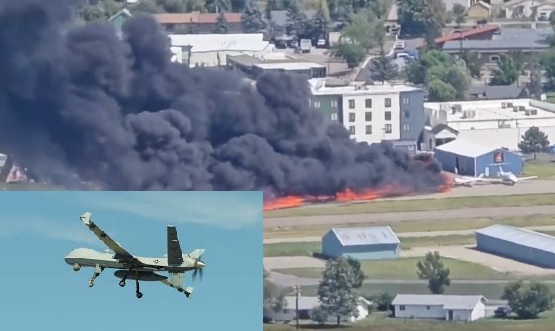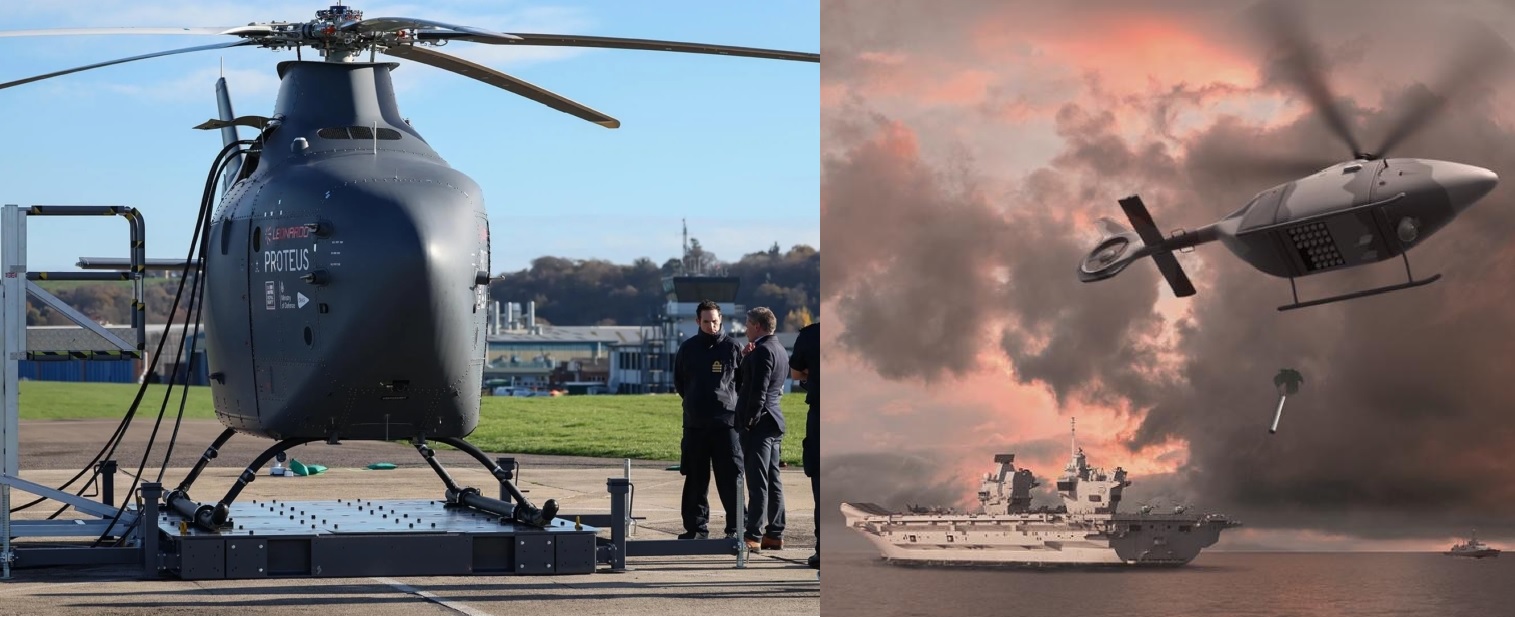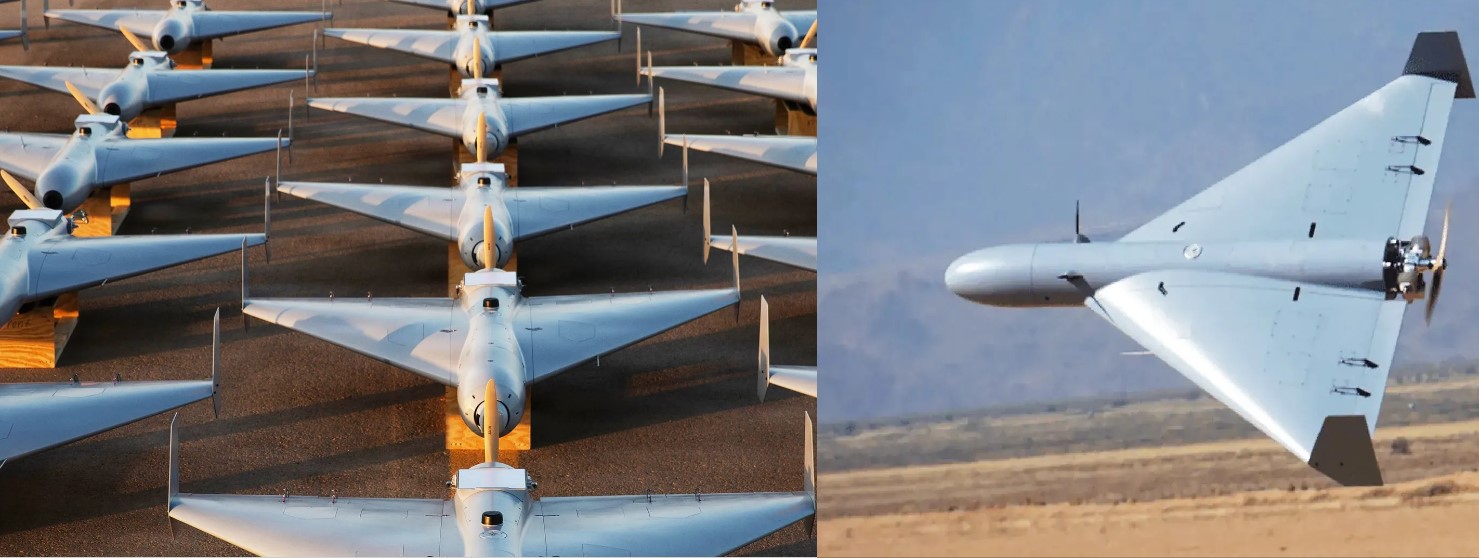$13 Million US MQ-9 Reaper Drone Lost in Mediterranean After Mid-Flight Mechanical Failure

A detailed investigation has revealed that a U.S. Air Force MQ-9 Reaper drone, valued at approximately $13 million, was lost in the Mediterranean Sea last December after suffering a catastrophic mid-air mechanical failure that caused its propeller to detach from the engine.
The incident took place on December 16, 2024, during a routine mission. The unmanned aircraft, remotely piloted by a crew from the 20th Attack Squadron at Whiteman Air Force Base in Missouri, had taken off from an undisclosed location within the U.S. European Command’s operational area.
Sudden Loss of Power
At 5 p.m. GMT, while cruising at normal speed and altitude, the Reaper experienced a sudden and complete loss of engine torque—dropping to zero in less than a second. The abrupt change caused engine speed to spike dramatically, triggering cockpit alerts. Despite immediate throttle adjustments, the drone’s engine failed to recover torque.
The crew initially managed to maintain altitude, but as airspeed began to fall, they prepared for an emergency landing in a remote, uninhabited area. However, about 15 minutes into the emergency, engine oil sensors detected metallic debris, a clear sign of internal mechanical damage. Restarting the engine was ruled out for safety reasons.
Final Moments Over the Sea
With no power and altitude steadily decreasing, the mission operations superintendent ordered the crew to ditch the drone in the Mediterranean to avoid potential hazards on land. The Reaper struck the water at 5:23 p.m., sinking and making recovery impossible. The loss of the aircraft also meant investigators could not physically inspect the failed components.
Likely Cause: Gearbox Spiral Lock Ring Failure
Analysis of the drone’s onboard data logs by General Atomics, the Reaper’s manufacturer, indicated that the propeller had disconnected from the engine during flight. Investigators believe the most probable cause was the failure of a spiral lock ring inside the gearbox—a critical part that secures the propeller assembly.
Such lock rings are known to experience heavy wear over time. The drone’s engine supplier, Honeywell, had implemented a maintenance program to replace these rings every 3,000 flight hours to prevent failure. In this case, however, the downed drone had accumulated only about half of that flight time, suggesting premature wear. Without the wreckage, the exact reason for the early failure could not be confirmed.
Broader Implications for Drone Operations
The MQ-9 Reaper, a primary workhorse of the U.S. Air Force’s remotely piloted fleet, is used extensively for intelligence gathering, reconnaissance, and precision strikes. The loss highlights the risks posed by unexpected mechanical breakdowns in unmanned systems operating far from maintenance bases.
While the investigation found no fault with the crew’s handling of the emergency or with pre-flight checks, the event has raised concerns about component lifespan predictions and whether maintenance cycles for critical parts like the spiral lock ring should be shortened.
Defense analysts note that such failures, while rare, underscore the importance of redundancy, rapid diagnostic systems, and component durability—especially as unmanned aircraft play an ever-greater role in U.S. military strategy across contested regions such as the Mediterranean and the Middle East.
✍️ This article is written by the team of The Defense News.






